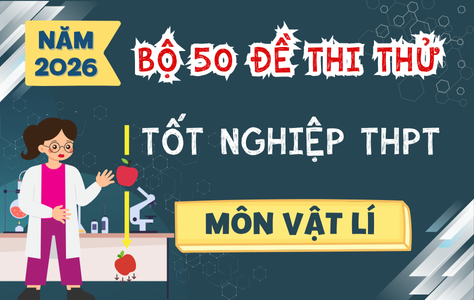Câu hỏi:
Read the following passage about the Reimagining International Cooperation and mark the letter A, B, C or D on your answer sheet to indicate the best answer to each of the following questions from 31 to 40.
Global environmental governance is changing how countries work together. Nations now understand that pollution, climate change, and resource problems cross borders. Traditional agreements between countries are not enough anymore. New approaches include businesses, local communities, and citizen groups working with governments. This all-hands-on-deck approach helps create better solutions for our planet. Many successful projects show that when different groups cooperate, they can solve difficult environmental problems that single countries cannot fix alone.
Environmental governance faces many challenges today. [I] Political differences between nations often slow down important decisions. [II] Some countries worry that strict environmental rules might hurt their economic growth. Despite these obstacles, new technologies are helping countries monitor environmental changes better. [III] Satellite data and computer models allow scientists to track forest loss, ocean pollution, and climate patterns. [IV] This information helps leaders make smarter decisions about protecting natural resources.
The future of environmental governance depends on innovation. Digital platforms now connect environmental experts around the world instantly. Young people are bringing fresh ideas through social media campaigns and protest movements. Indigenous communities contribute valuable traditional knowledge about sustainable living practices. Financial institutions are creating new ways to fund green projects in developing countries. These combined efforts are creating a more flexible and responsive system of global cooperation that can adapt to changing environmental conditions more quickly than old-fashioned diplomatic channels.
Effective environmental governance requires balance between global standards and local solutions. While international agreements provide important frameworks, communities need freedom to implement approaches that fit their unique situations. Successful governance models respect cultural differences while maintaining scientific standards. Education plays a crucial role in building public support for environmental policies. When citizens understand environmental issues, they make better choices and hold their leaders accountable. The most promising path forward combines strong international institutions with energetic local action to create lasting environmental solutions.
Which of the following is NOT mentioned as a challenge to environmental governance?
Đáp án đúng: B
Giải Thích: Điều nào sau đây KHÔNG được đề cập như một thách thức đối với quản lý môi trường?
A. Limited funding (Tài chính hạn chế): Tài chính hạn chế được nhắc đến trong câu [II]: "Một số quốc gia lo ngại rằng các quy định môi trường nghiêm ngặt có thể làm tổn hại đến tăng trưởng kinh tế của họ", mà một phần nguyên nhân có thể là do thiếu ngân sách để thực hiện các chính sách môi trường nghiêm ngặt.
B. Military conflicts (Xung đột quân sự): Xung đột quân sự không được đề cập trong bài văn. Mặc dù các xung đột có thể tác động đến môi trường, nhưng nó không phải là một thách thức được nhắc đến trong bài về quản lý môi trường toàn cầu.
C. Political differences (Khác biệt chính trị): Chính trị là một yếu tố được nhắc đến trong câu [I]: "Sự khác biệt chính trị giữa các quốc gia thường làm chậm các quyết định quan trọng."
D. Economic concerns (Lo ngại về kinh tế): Lo ngại về tác động kinh tế của các quy định môi trường được nhắc đến trong câu [II]: "Một số quốc gia lo ngại rằng các quy định môi trường nghiêm ngặt có thể làm tổn hại đến tăng trưởng kinh tế của họ."
Câu hỏi này thuộc đề thi trắc nghiệm dưới đây, bấm vào Bắt đầu thi để làm toàn bài
Bộ đề thi giúp học sinh lớp 12 làm quen với cấu trúc và nội dung đề thi tốt nghiệp THPT môn Tiếng Anh năm 2025. Đề thi được xây dựng theo định hướng của Bộ GD ĐT, bao gồm các phần Ngữ âm, Từ vựng - Ngữ pháp, Chức năng giao tiếp, Kỹ năng đọc hiểu, Kỹ năng viết và Phát âm - Trọng âm. Hệ thống câu hỏi đa dạng, bám sát chương trình học, giúp học sinh rèn luyện kỹ năng làm bài và nâng cao tư duy ngôn ngữ. Đáp án chi tiết đi kèm hỗ trợ học sinh tự ôn tập, đánh giá năng lực và chuẩn bị tốt nhất cho kỳ thi quan trọng.
Câu hỏi liên quan
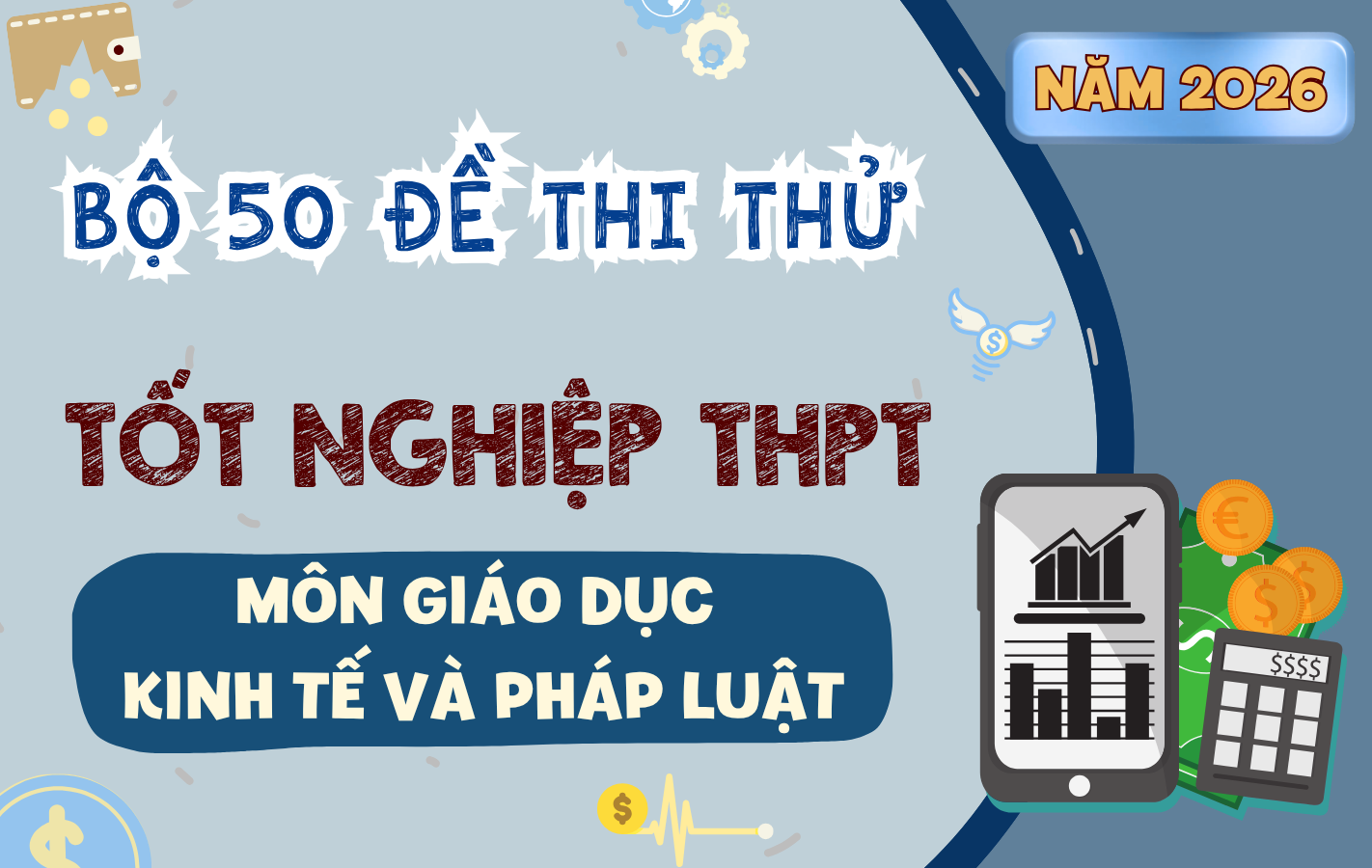
Bộ 50 Đề Thi Thử Tốt Nghiệp THPT Giáo Dục Kinh Tế Và Pháp Luật Năm 2026 – Theo Cấu Trúc Đề Minh Họa Bộ GD&ĐT
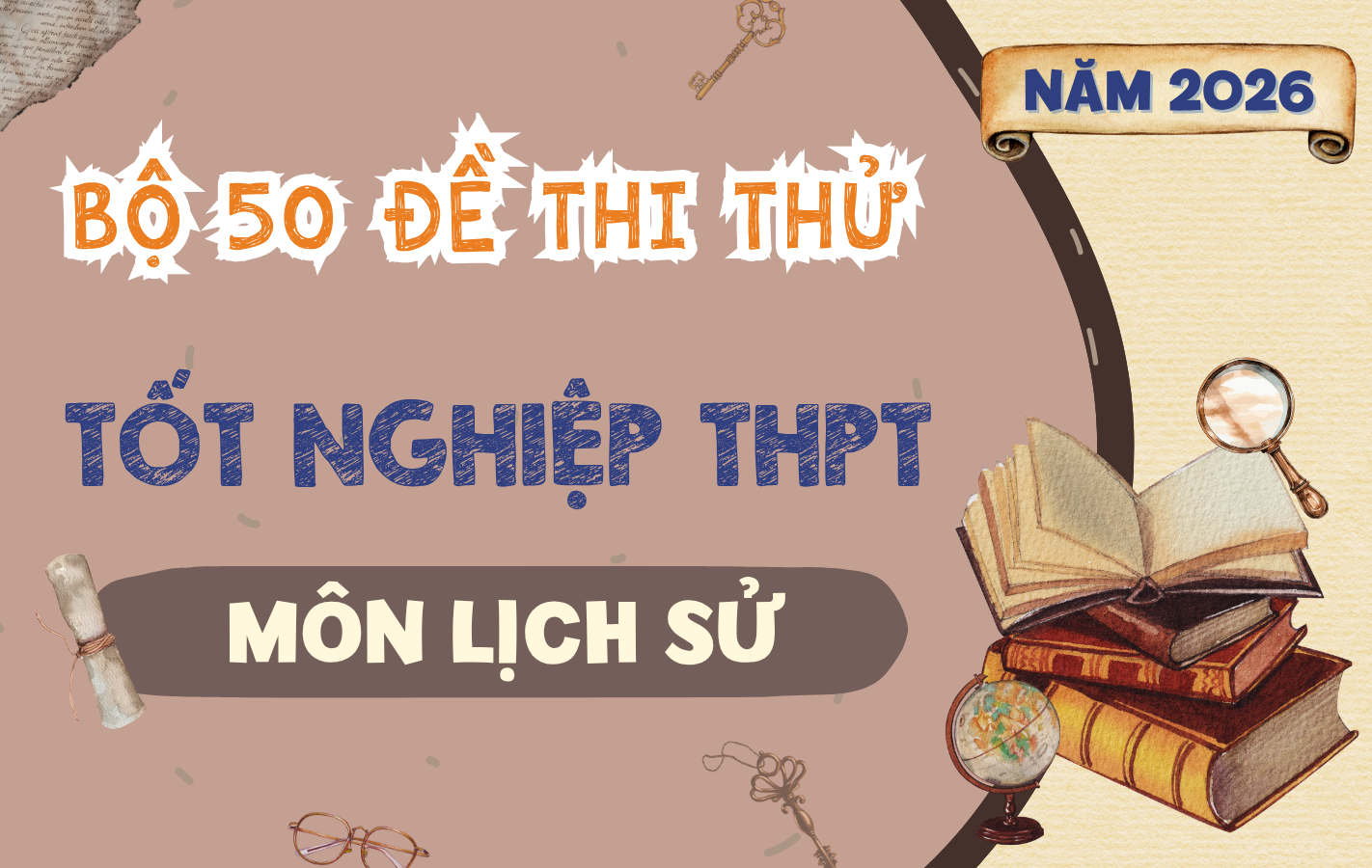
Bộ 50 Đề Thi Thử Tốt Nghiệp THPT Lịch Sử Học Năm 2026 – Theo Cấu Trúc Đề Minh Họa Bộ GD&ĐT
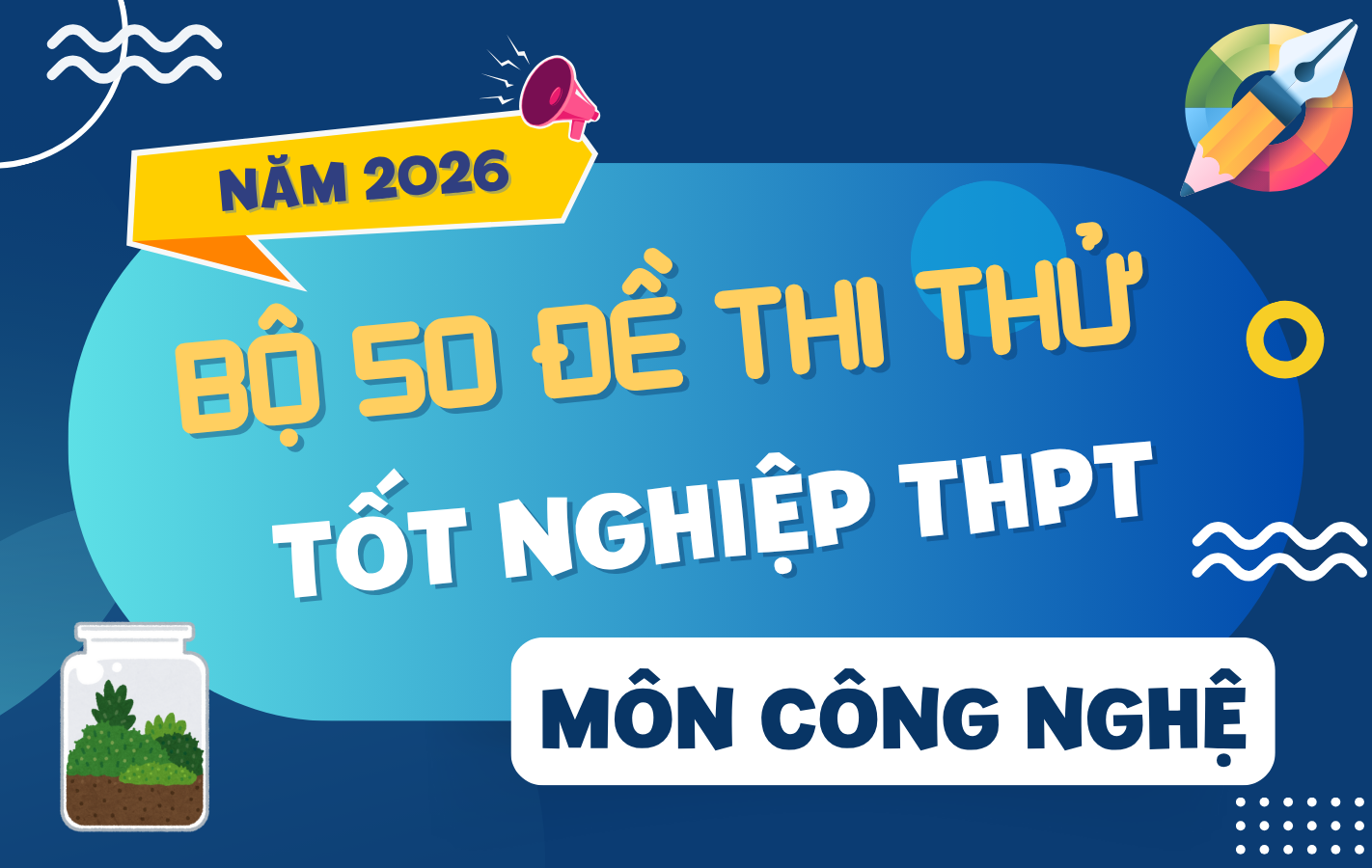
Bộ 50 Đề Thi Thử Tốt Nghiệp THPT Công Nghệ Năm 2026 – Theo Cấu Trúc Đề Minh Họa Bộ GD&ĐT
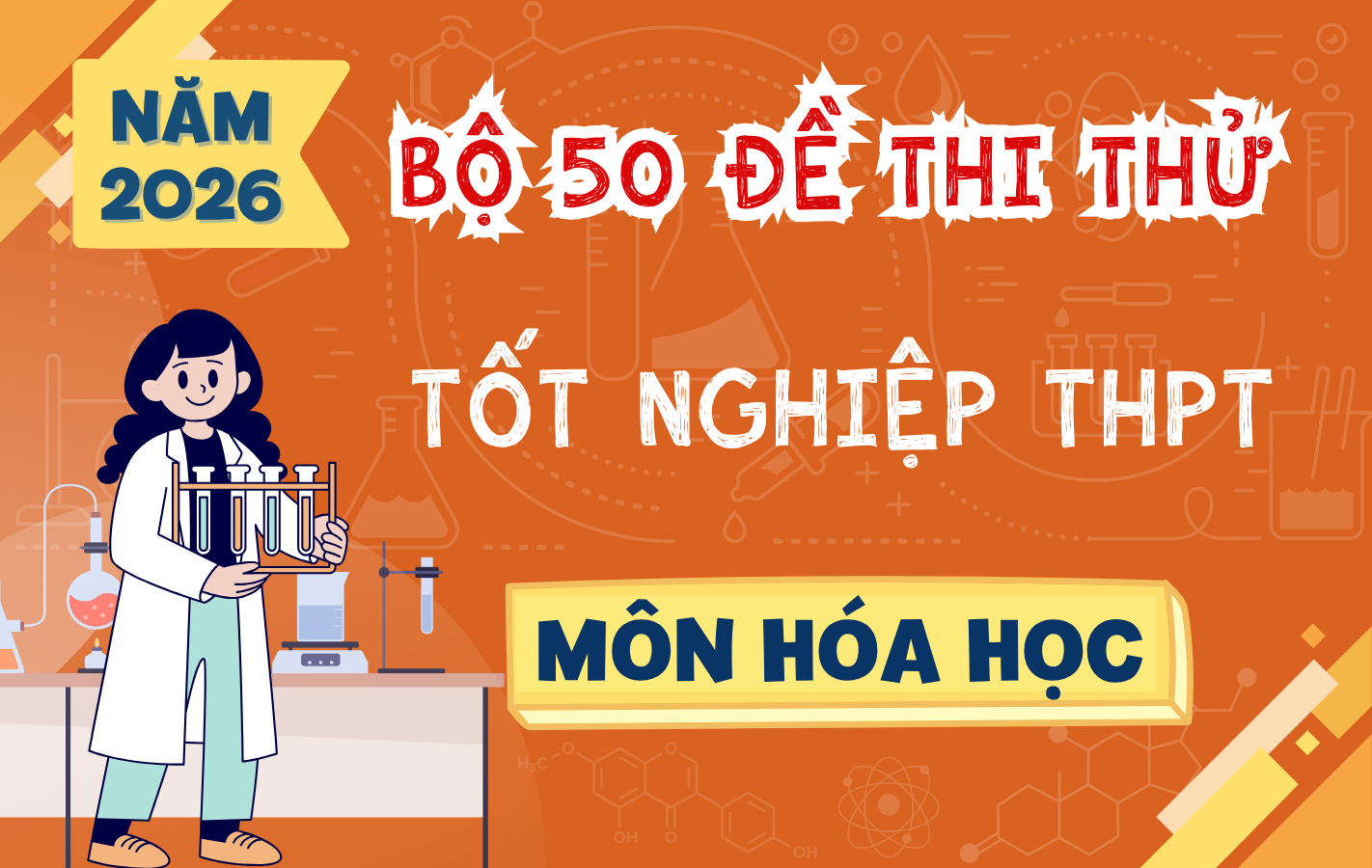
Bộ 50 Đề Thi Thử Tốt Nghiệp THPT Môn Hóa Học Năm 2026 – Theo Cấu Trúc Đề Minh Họa Bộ GD&ĐT
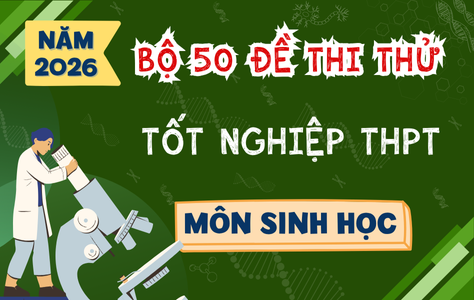
Bộ 50 Đề Thi Thử Tốt Nghiệp THPT Môn Sinh Học Năm 2026 – Theo Cấu Trúc Đề Minh Họa Bộ GD&ĐT
